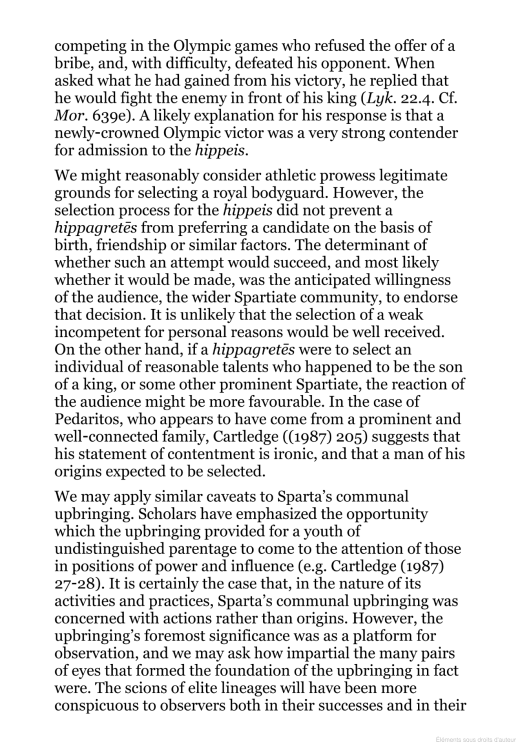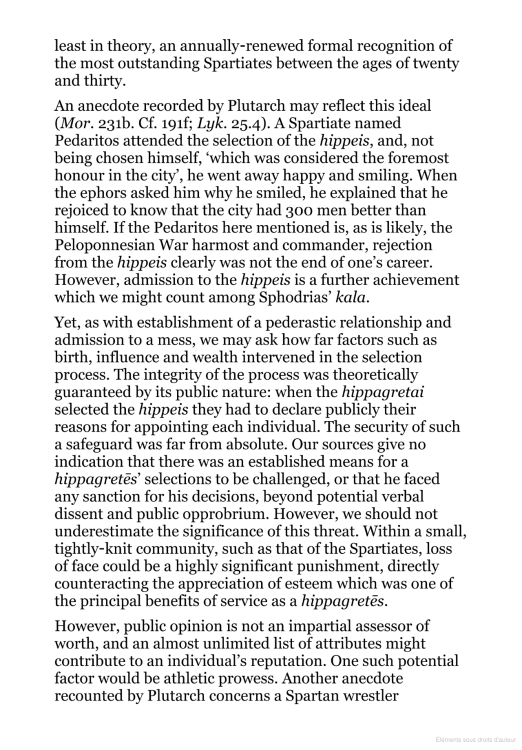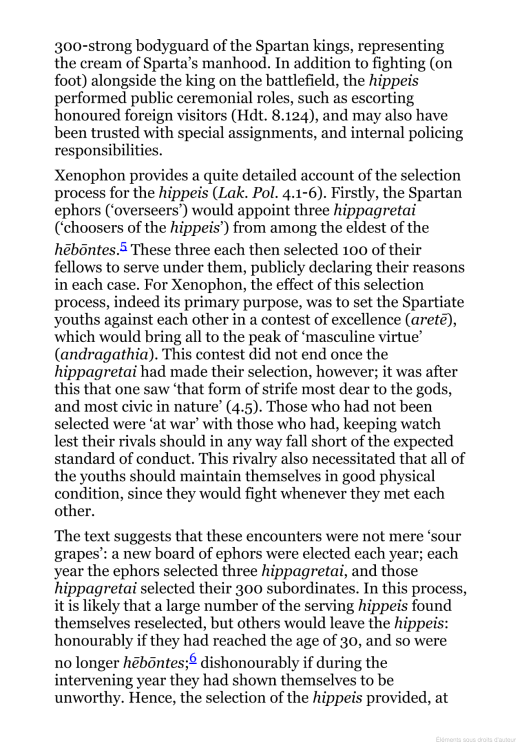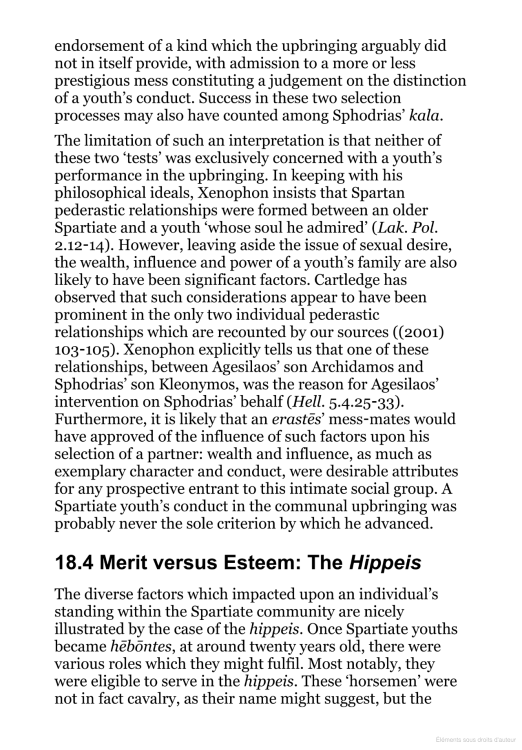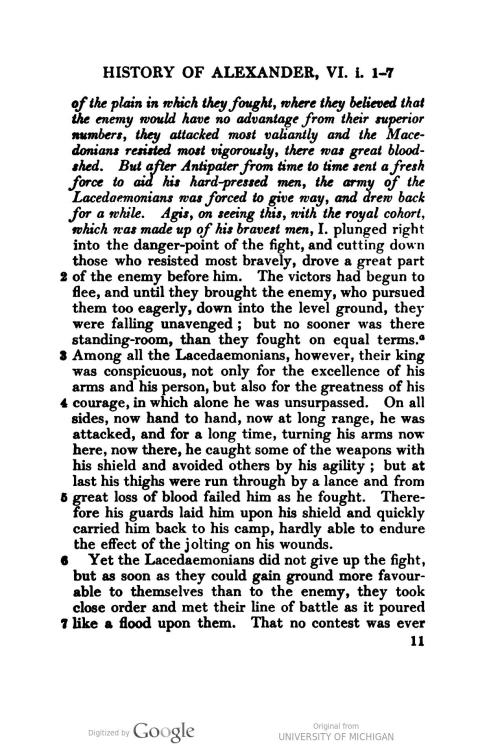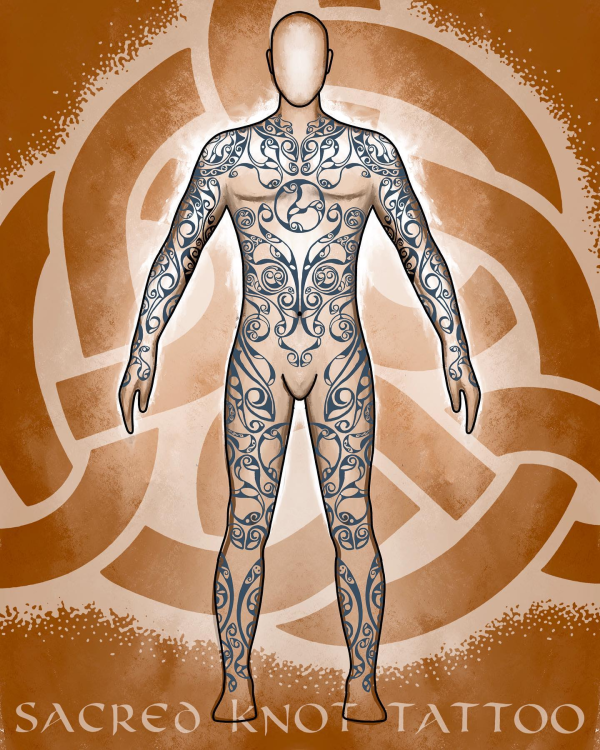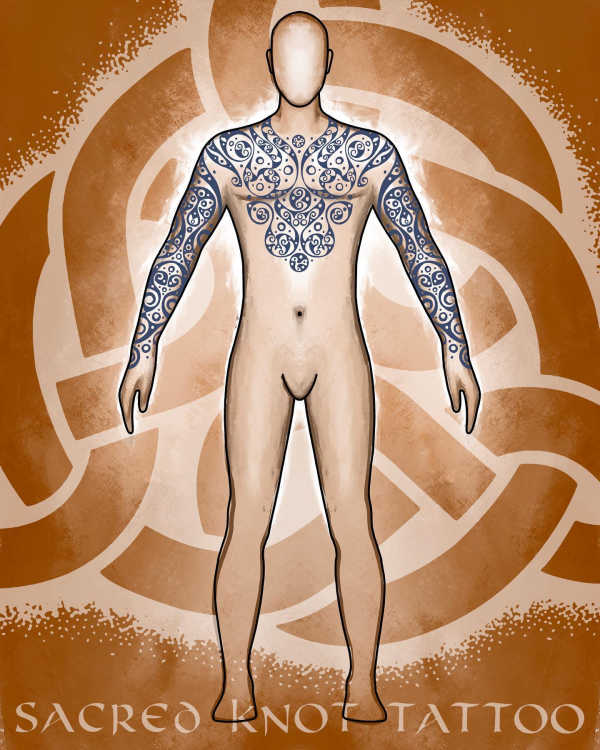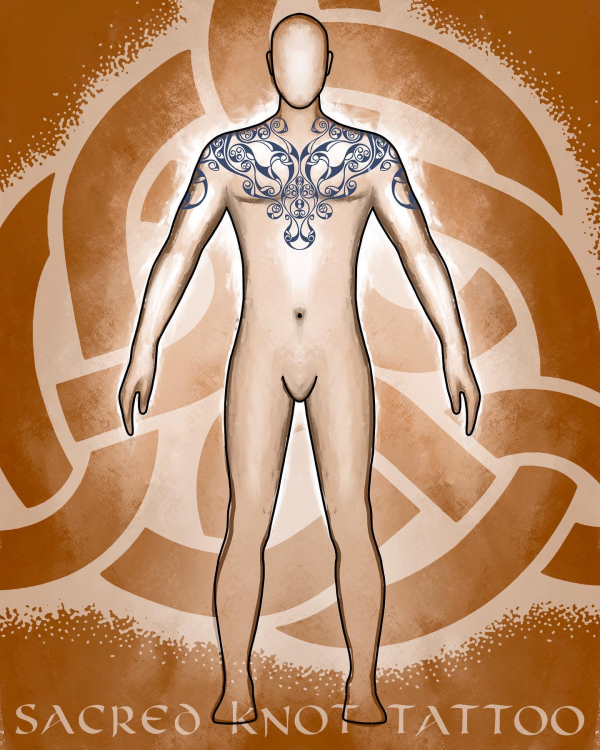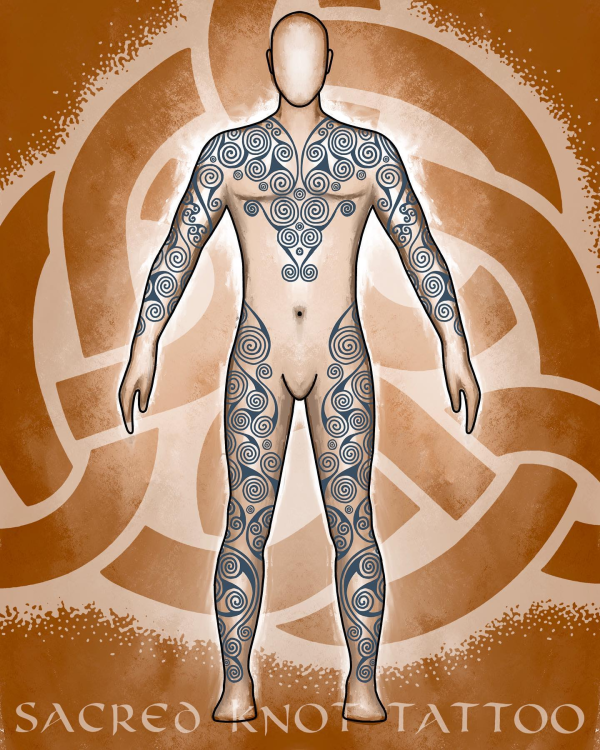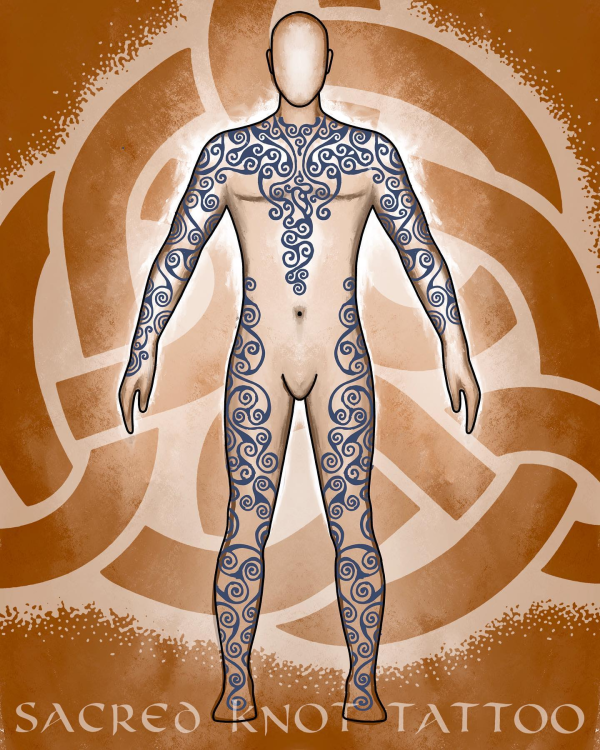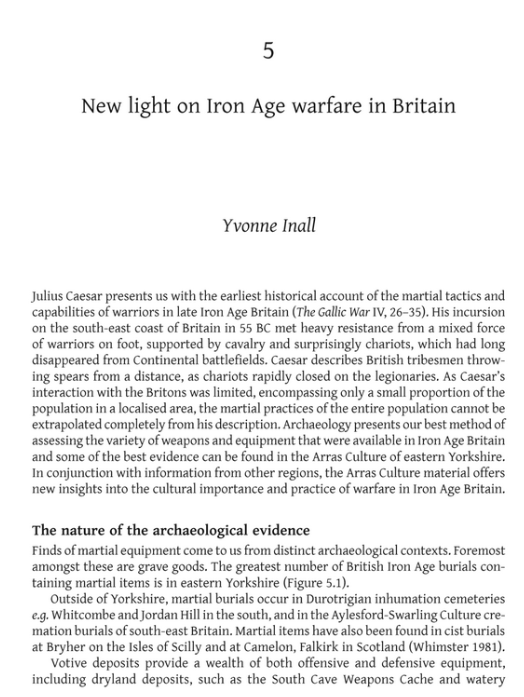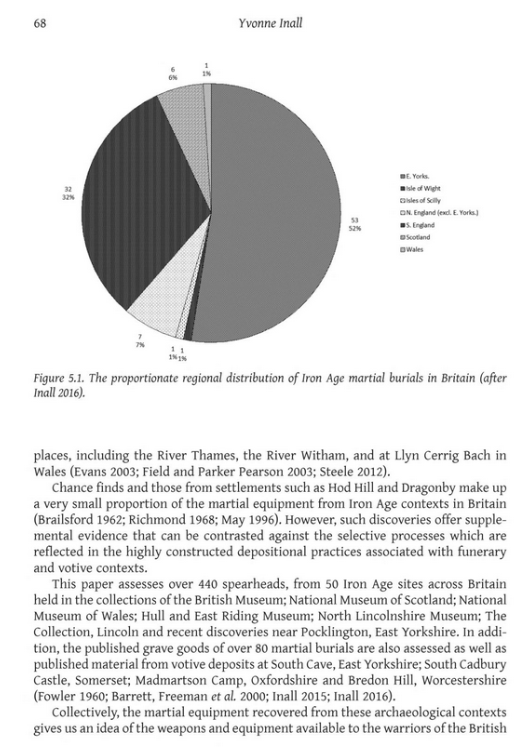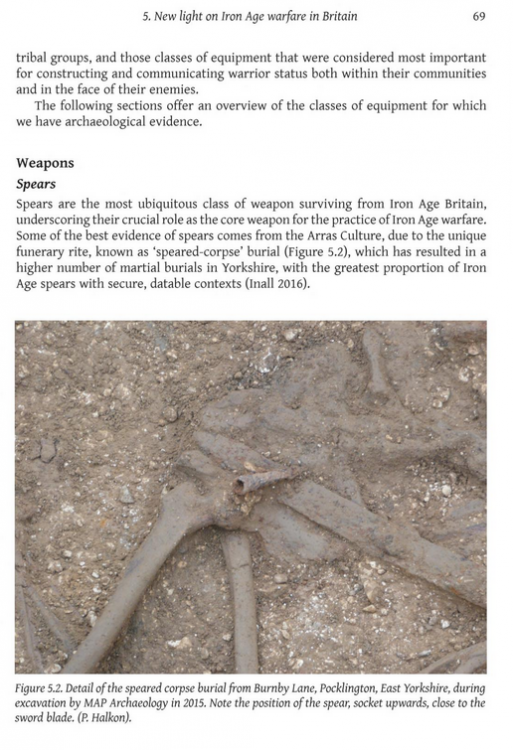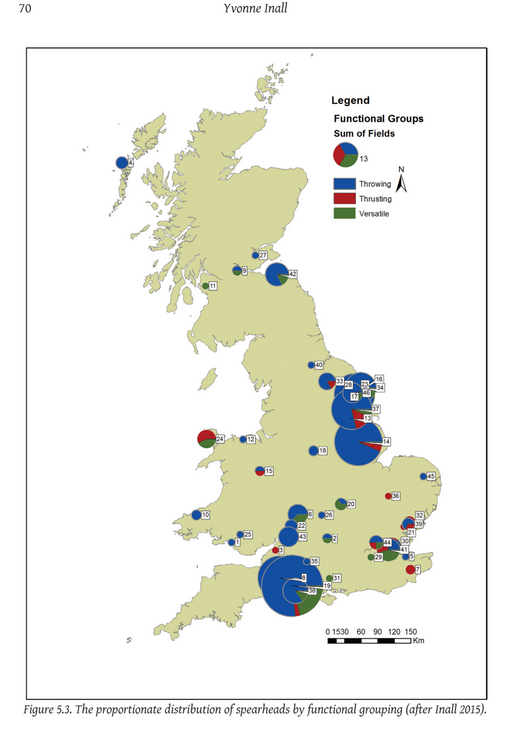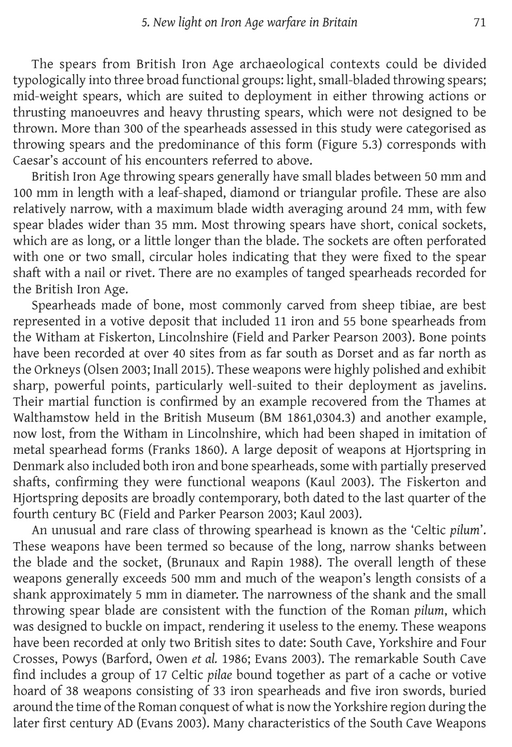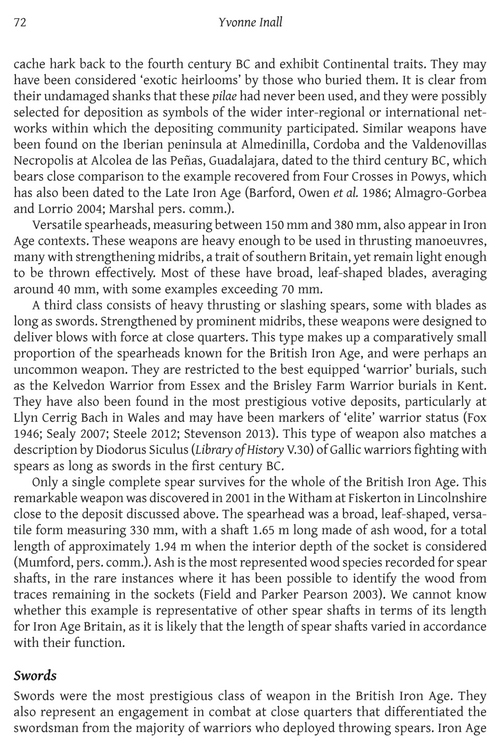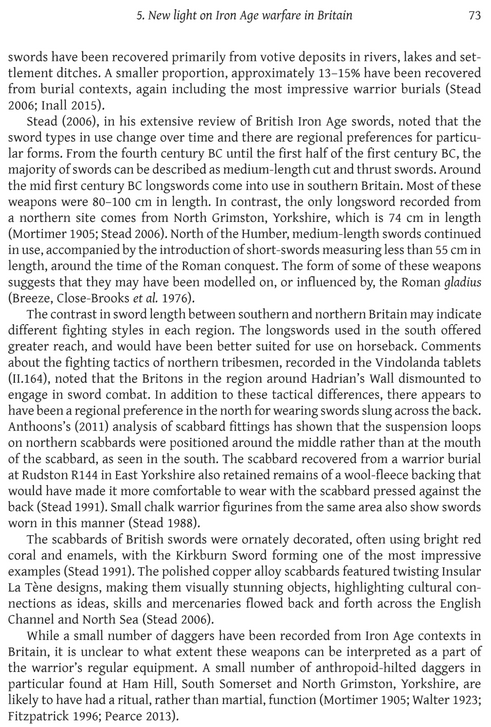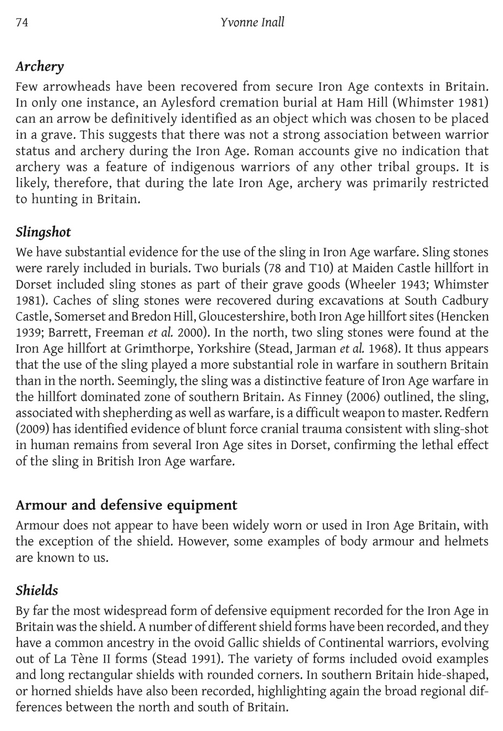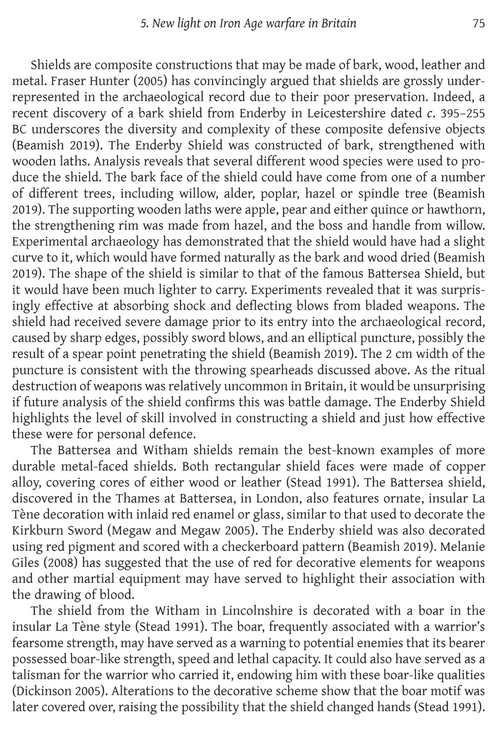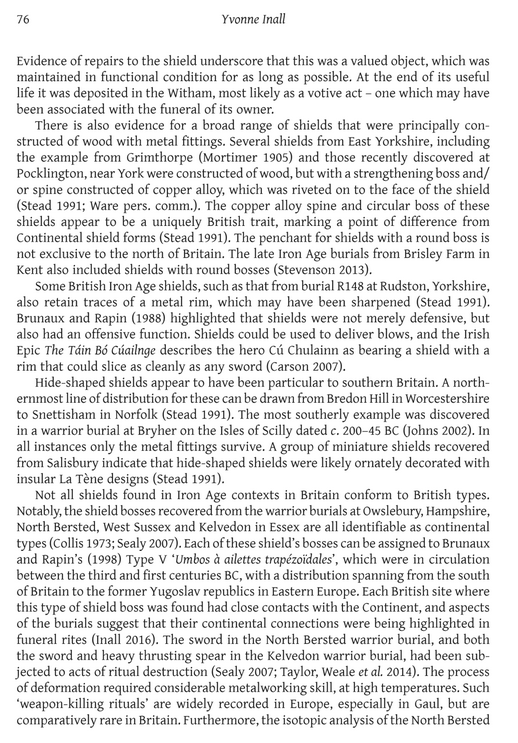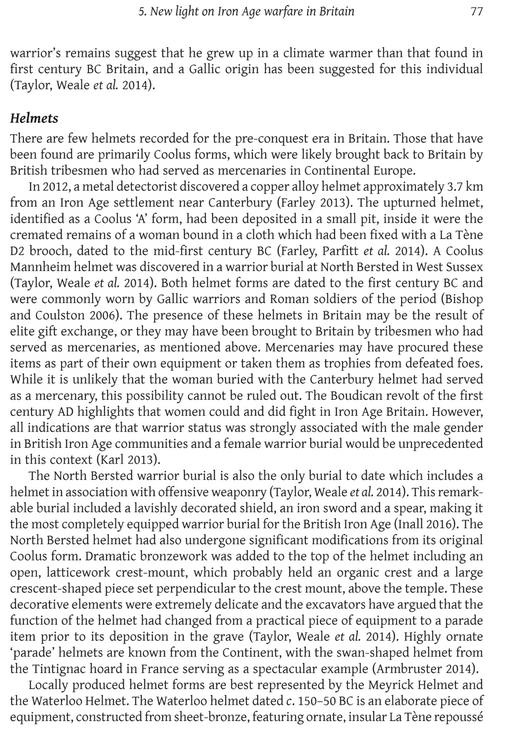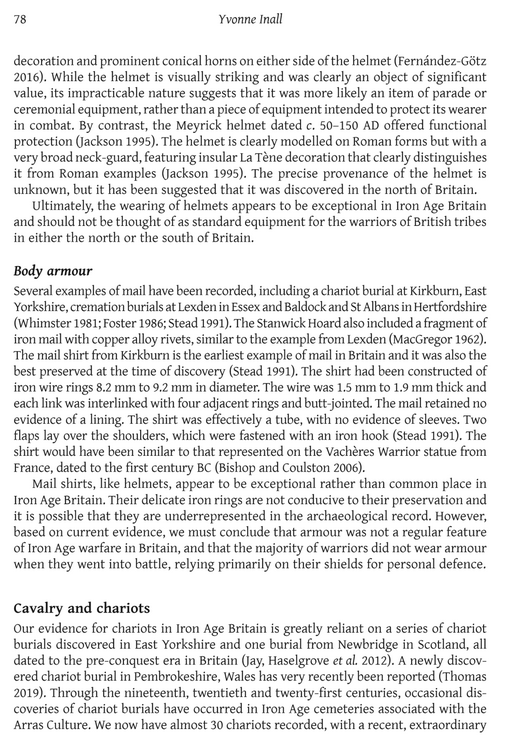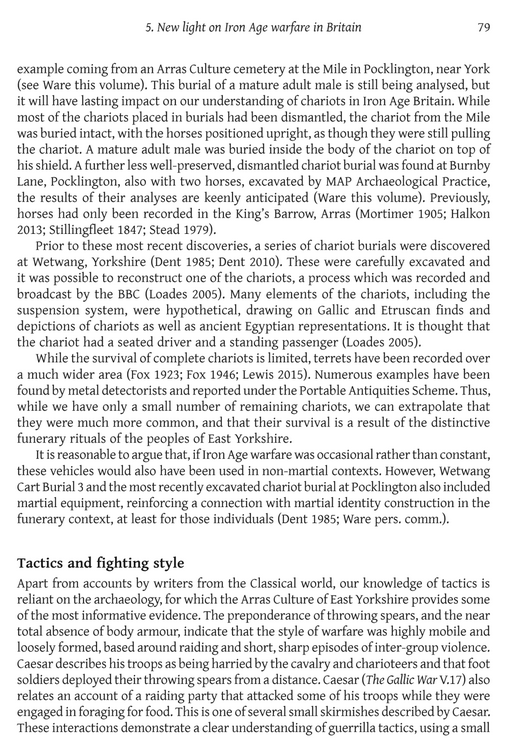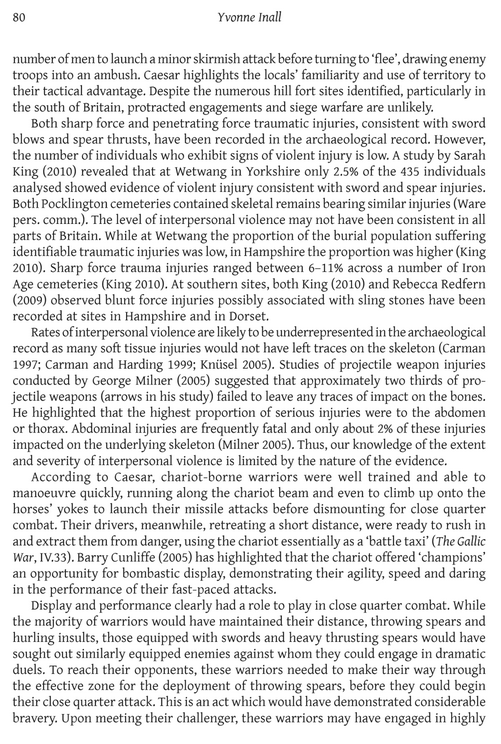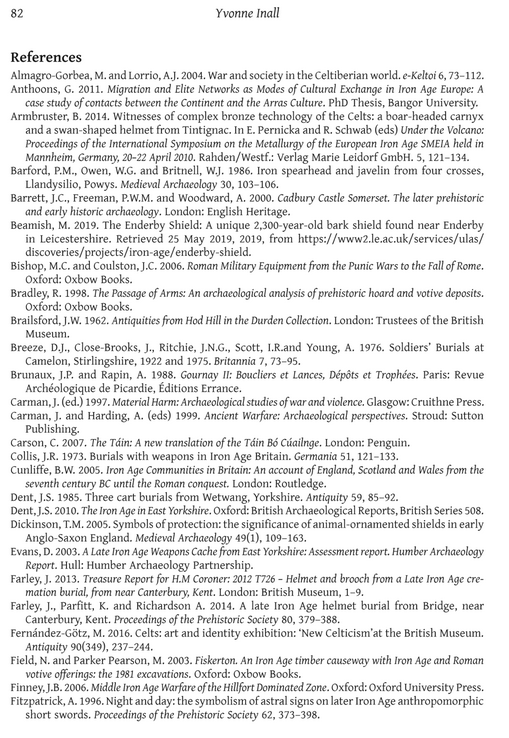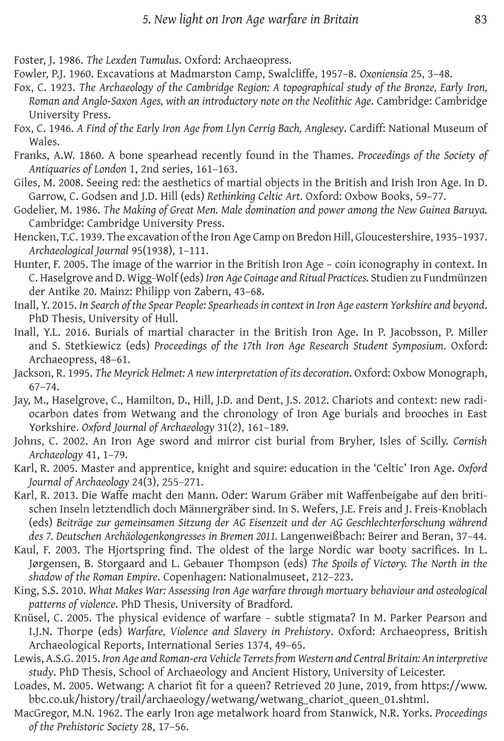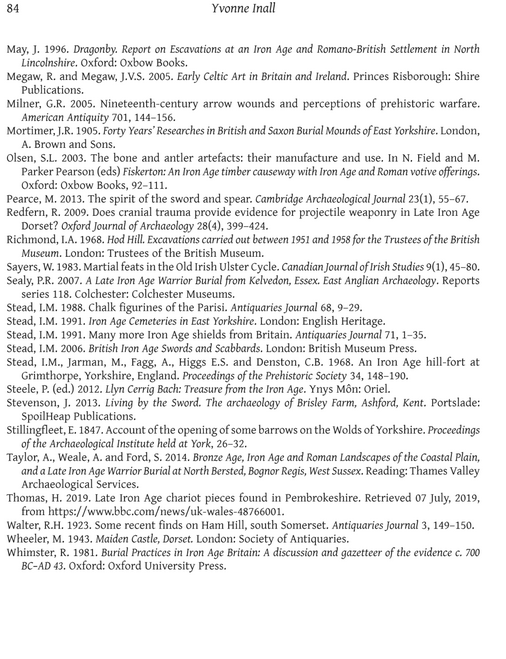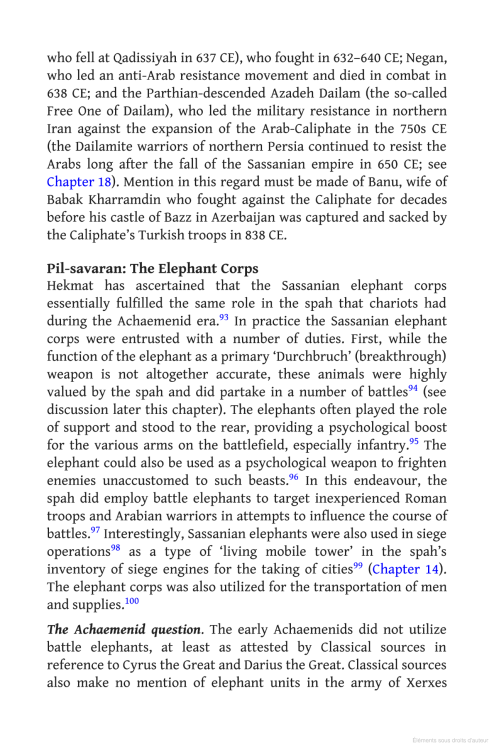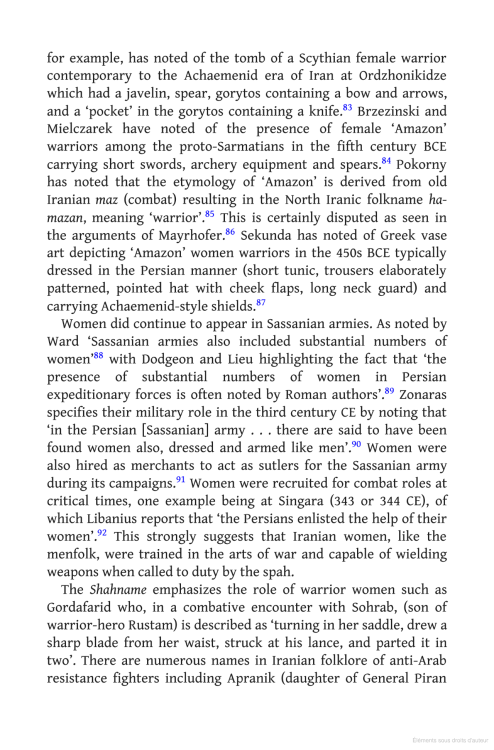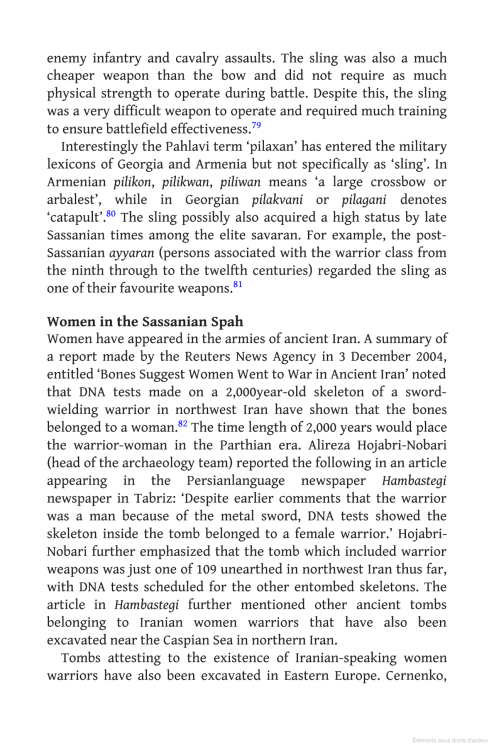-
Posts
2.410 -
Joined
-
Last visited
-
Days Won
83
Everything posted by Genava55
-
Sure. If you need other pictures: https://ibb.co/album/Cp6gGH
- 264 replies
-
- 1
-

-
- britons
- east celtic
-
(and 2 more)
Tagged with:
-
- 264 replies
-
- 1
-

-
- britons
- east celtic
-
(and 2 more)
Tagged with:
-
.thumb.jpg.b21ca1d0c15fb56b42c39b25a0a40815.jpg)
Others RTS - Discuss / Analysis
Genava55 replied to Lion.Kanzen's topic in Introductions & Off-Topic Discussion
Rome at War mod -
.thumb.jpg.b21ca1d0c15fb56b42c39b25a0a40815.jpg)
Civ: Germans (Cimbri, Suebians, Goths)
Genava55 replied to wowgetoffyourcellphone's topic in Delenda Est
Nydam: https://de.wikipedia.org/wiki/Nydamboot https://www.facebook.com/LateRomanArbeia/posts/pfbid0ire8czowXTSzx9H88dnLsMd12o3sZk8oEAP4UCfd1wWwE1ht9a2dkA5t8e7aEPual Thorsberg: https://de.wikipedia.org/wiki/Thorsberger_Moor https://www.facebook.com/media/set/?vanity=matt.bunker.792&set=a.10156253670910706 -
.thumb.jpg.b21ca1d0c15fb56b42c39b25a0a40815.jpg)
Civ: Germans (Cimbri, Suebians, Goths)
Genava55 replied to wowgetoffyourcellphone's topic in Delenda Est
-
.thumb.jpg.b21ca1d0c15fb56b42c39b25a0a40815.jpg)
Others RTS - Discuss / Analysis
Genava55 replied to Lion.Kanzen's topic in Introductions & Off-Topic Discussion
Who remembers this game from 2006? -
-
.thumb.jpg.b21ca1d0c15fb56b42c39b25a0a40815.jpg)
profiling What Happens During a Game of 0ad?
Genava55 replied to andy5995's topic in Game Development & Technical Discussion
I simply scanned the file with virustotal, that's a habit I have, especially with SVG because you can hide malicious script in it easily. But in this case I think this is a false positive. I just don't think the script is really necessary, you can see the svg without it. -
.thumb.jpg.b21ca1d0c15fb56b42c39b25a0a40815.jpg)
profiling What Happens During a Game of 0ad?
Genava55 replied to andy5995's topic in Game Development & Technical Discussion
-
If you read the beginning of the page, it says: "Agis, on seeing this, with the royal cohort, which was made up of his bravest men, I. plunged right into the dangerpoint of the fight, and cutting down those who resisted most bravely..." There is also the account of Diodorus Siculus, suggesting in this case he did kill some enemies: Diod. 17.63.4: An interesting event occurred in connection with Agis's death. He had fought gloriously and fell with many frontal wounds. As he was being carried by his soldiers back to Sparta, he found himself surrounded by the enemy. Despairing of his own life, he ordered the rest to make their escape with all speed and to save themselves for the service of their country, but he himself armed and rising to his knees defended himself, killed some of the enemy and was himself slain by a javelin cast; he had reigned nine years.
-
-
Agis III at the battle of Megalopolis: https://babel.hathitrust.org/cgi/pt?id=mdp.39015008158407&view=1up&seq=21 "Strabo (XV, 724) gives the treaty between Seleucus and Chandragupta, in which Seleucus ceded certain provinces and gave the Indian a daughter or niece, receiving in return 500 elephants." https://www.jstor.org/stable/626263 that's the motivation for the bonus
-
The other solution is that training Leonidas bring immediately another king (https://en.wikipedia.org/wiki/Leotychidas_II), the same with Agis III (https://en.wikipedia.org/wiki/Cleomenes_II). While Brasidas (not being a king but a general) wouldn't bring a new one. The other king could have a generic model. Or, the two kings system could be simply a bonus if the hero dies the player got a large discount for the next one.
-
-
Good idea. That would be unique. Olympic champion? Not sure if it is a proper name.
-
-
-
Except that the Assyrians weren't mentioned at Marathon.
-
-
From an old thread: Edit: I add this section from a book, dedicated to the military of the Achaemenid empire: Achaemenid_military.pdf
-
Two articles about the role of women: https://www.iranicaonline.org/articles/women-i https://www.worldhistory.org/article/1492/women-in-ancient-persia/ A few pages from The Armies of Ancient Persia: The Sassanians by Kaveh Farrokh:
-
There is a conference book on the topic: https://brill.com/view/title/14220 You can get most of the chapters/articles through google scholars for free: https://scholar.google.com/scholar?hl=en&as_sdt=0%2C5&q=The+World+of+the+Khazars&btnG=




